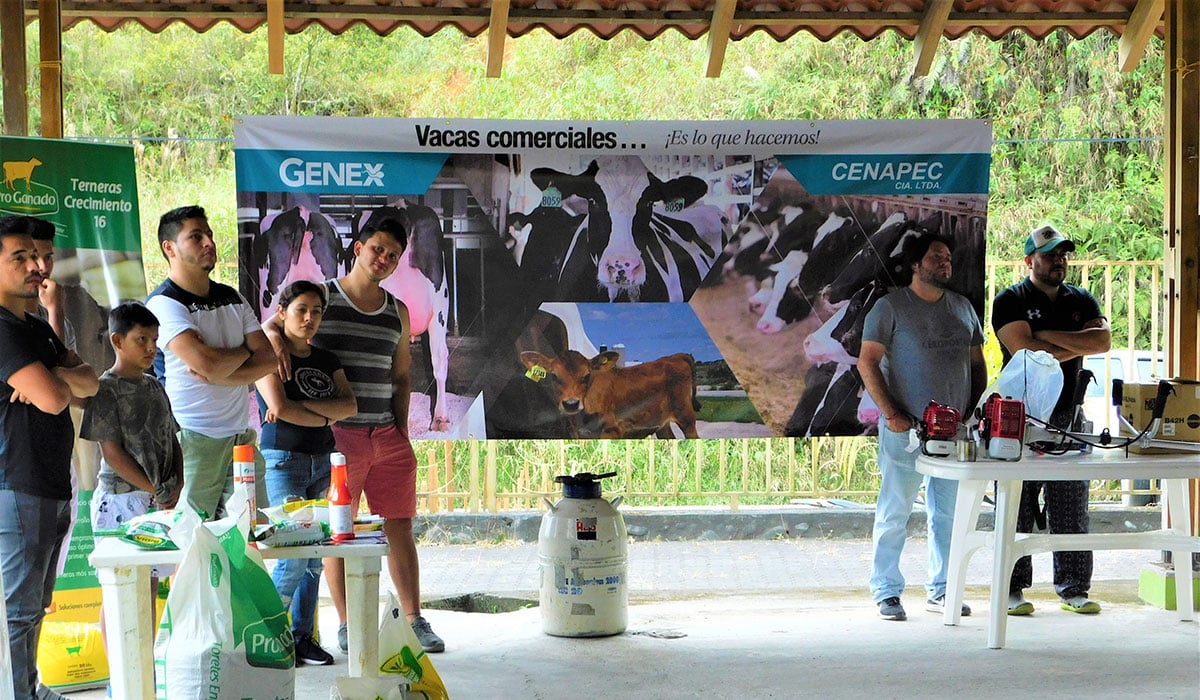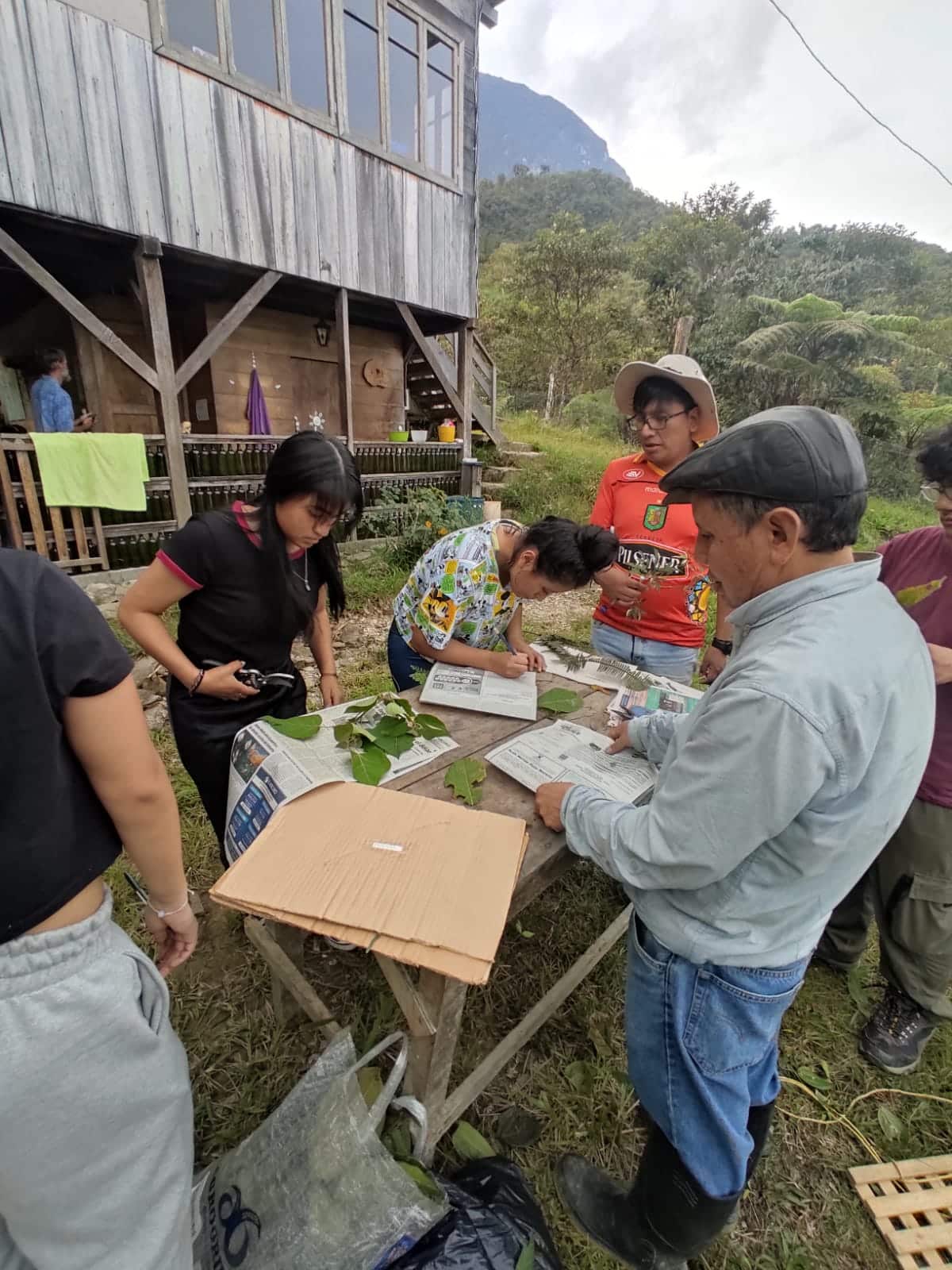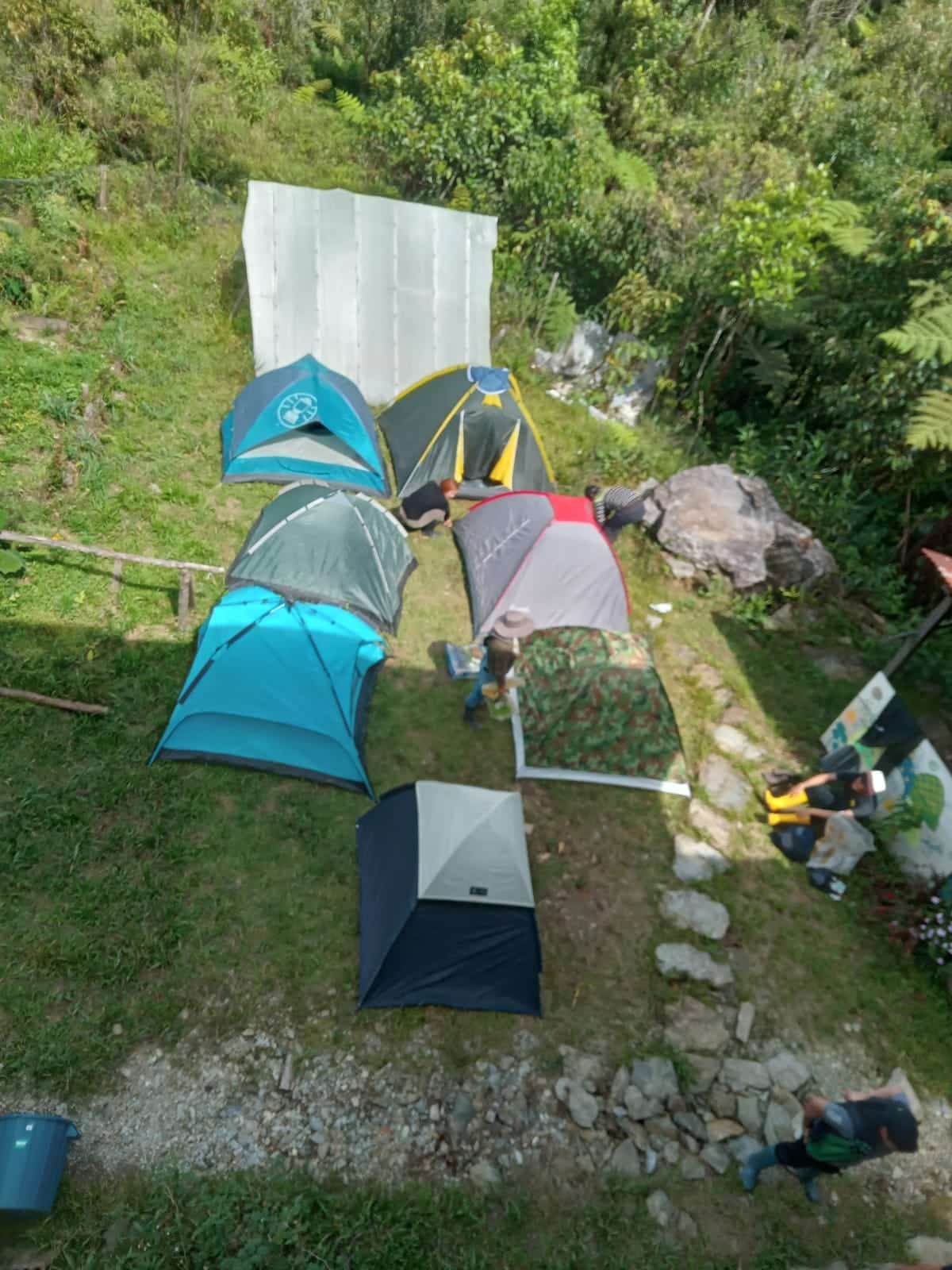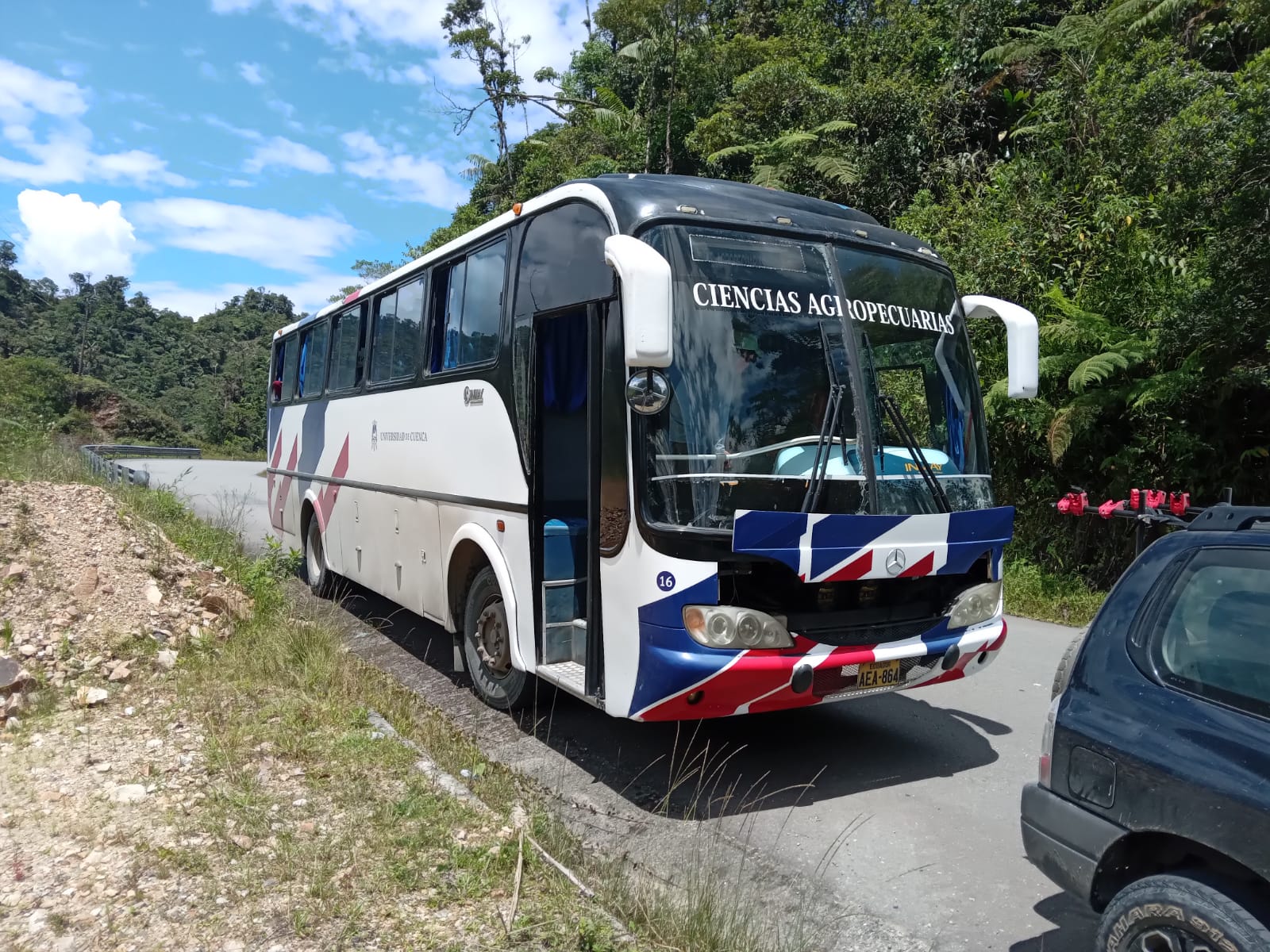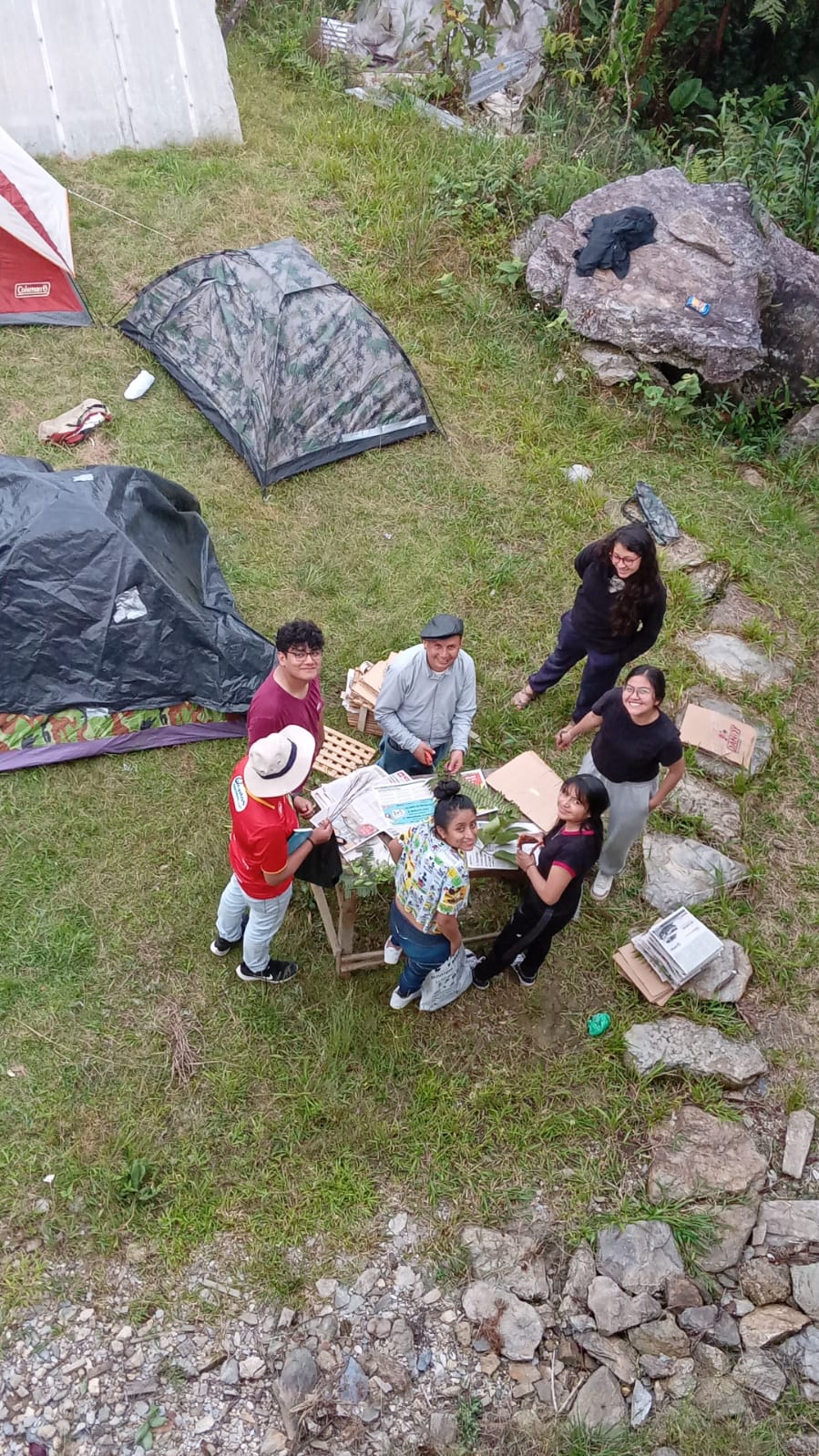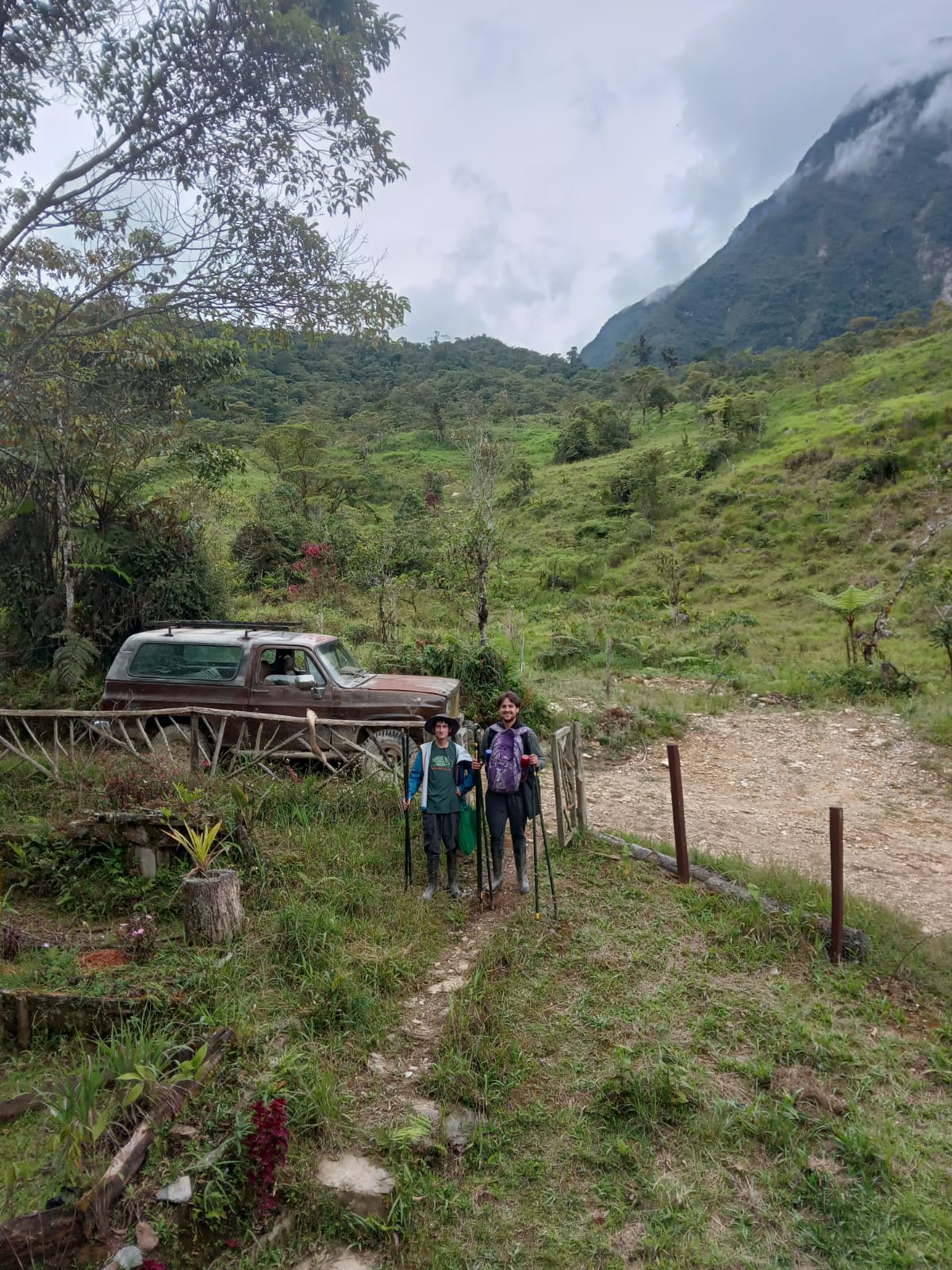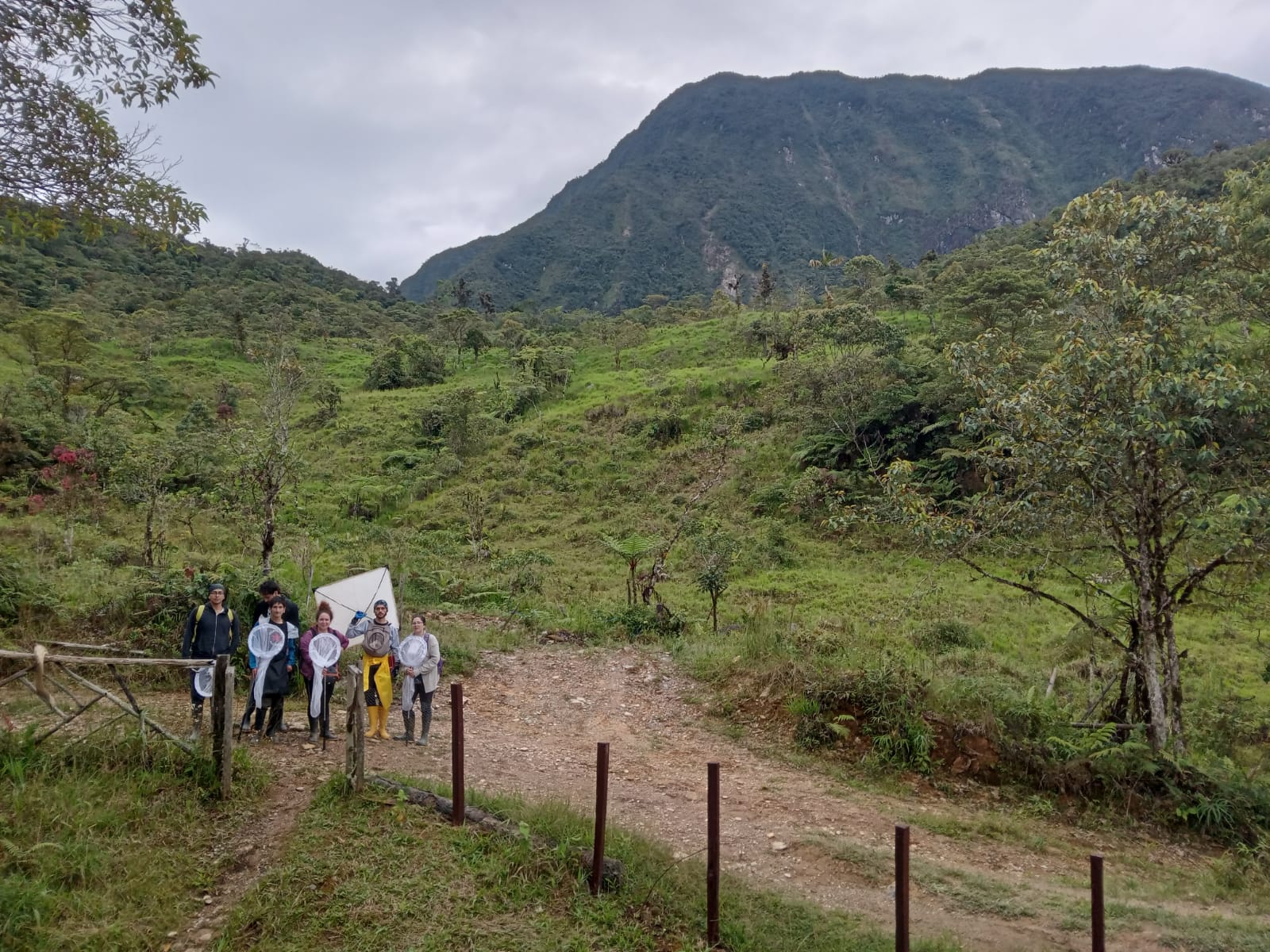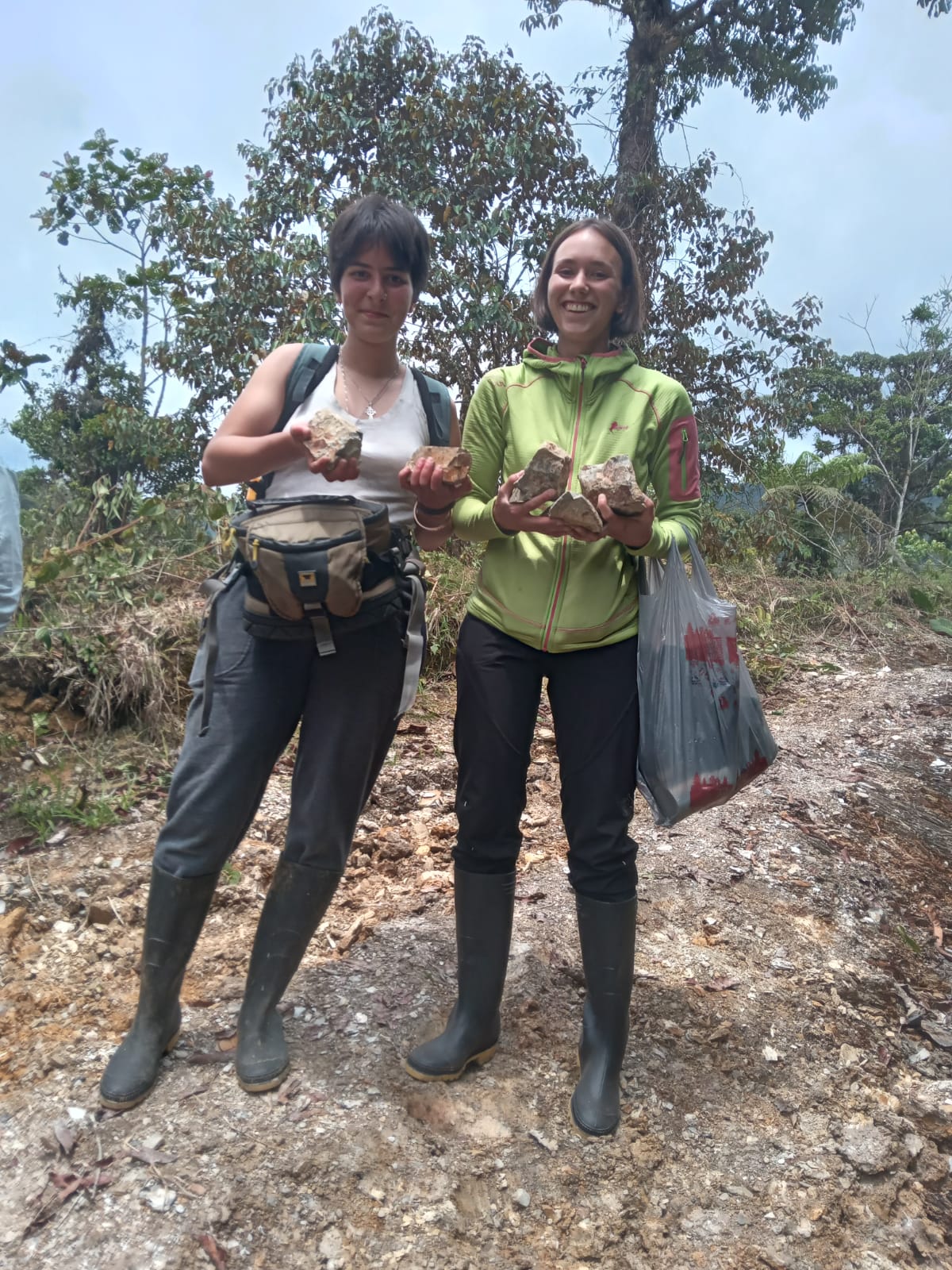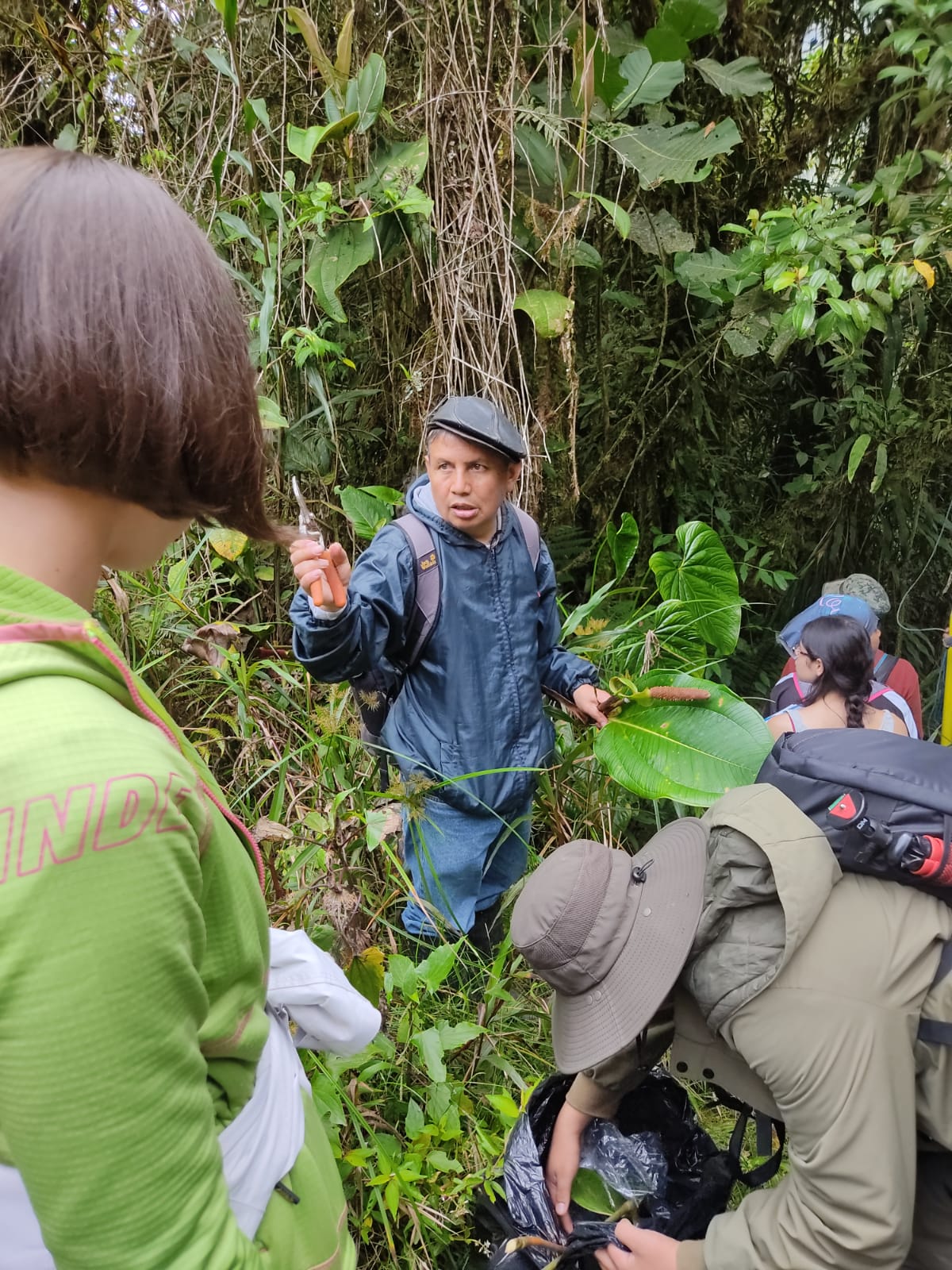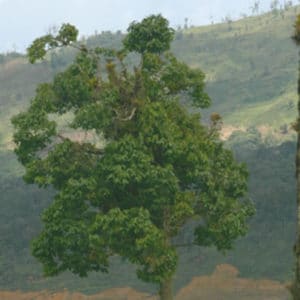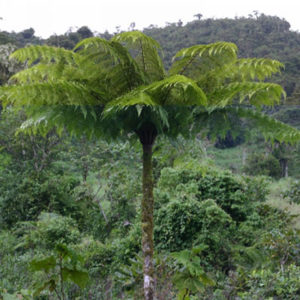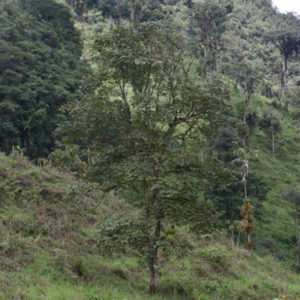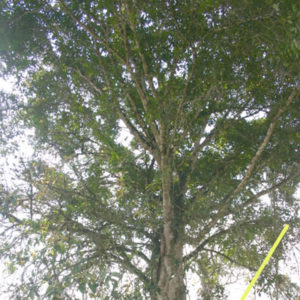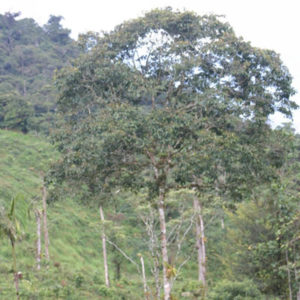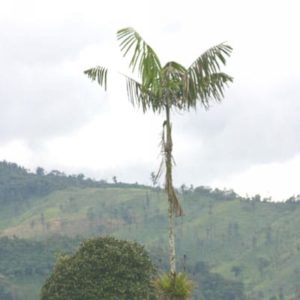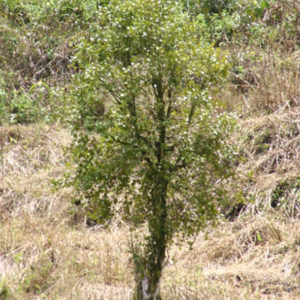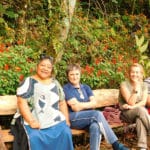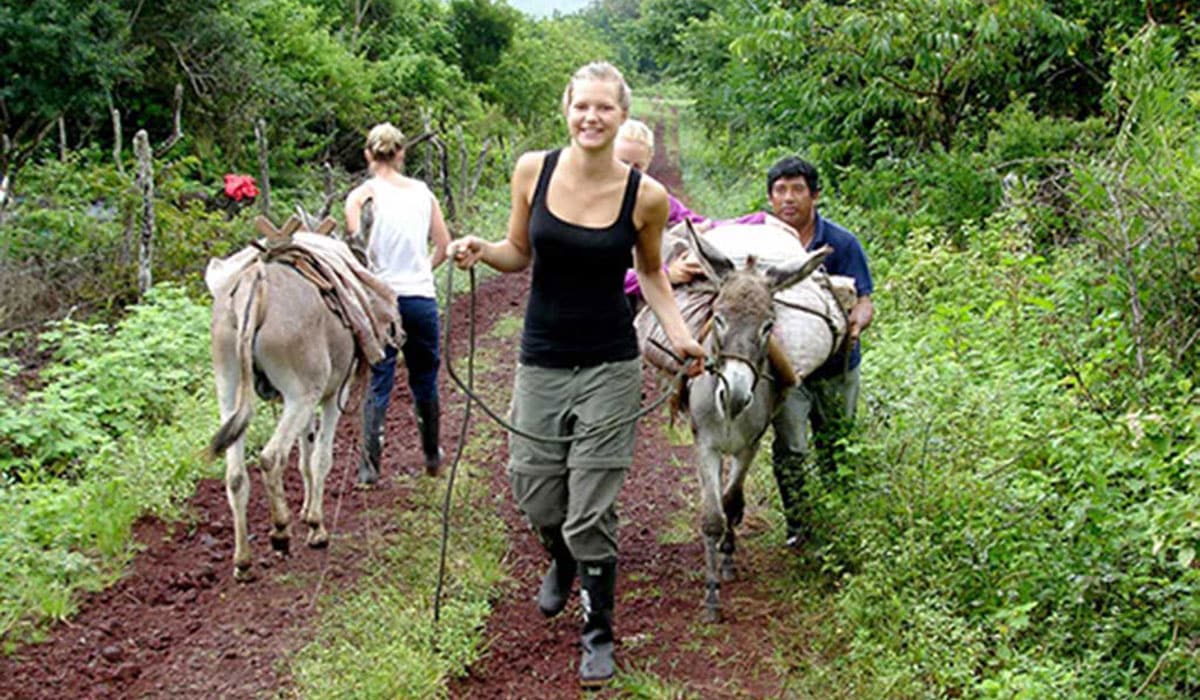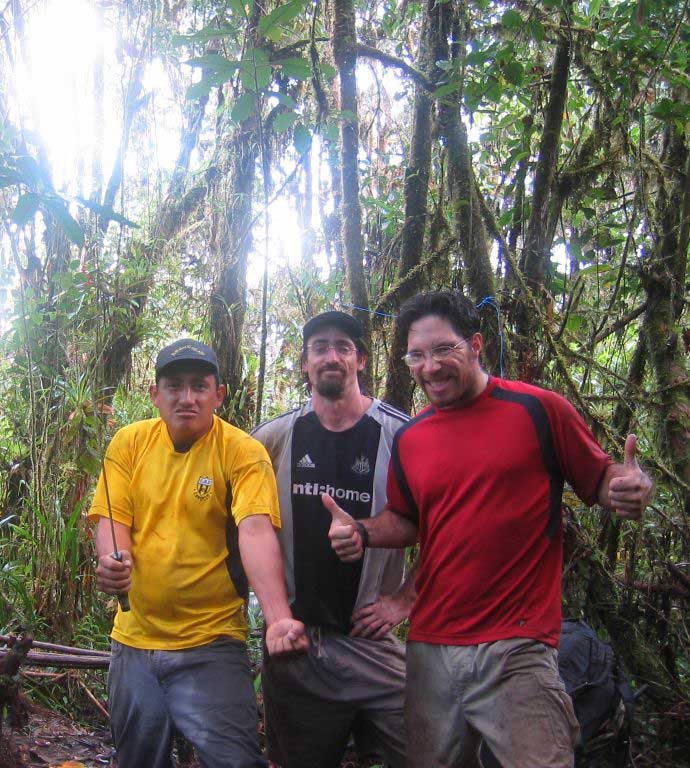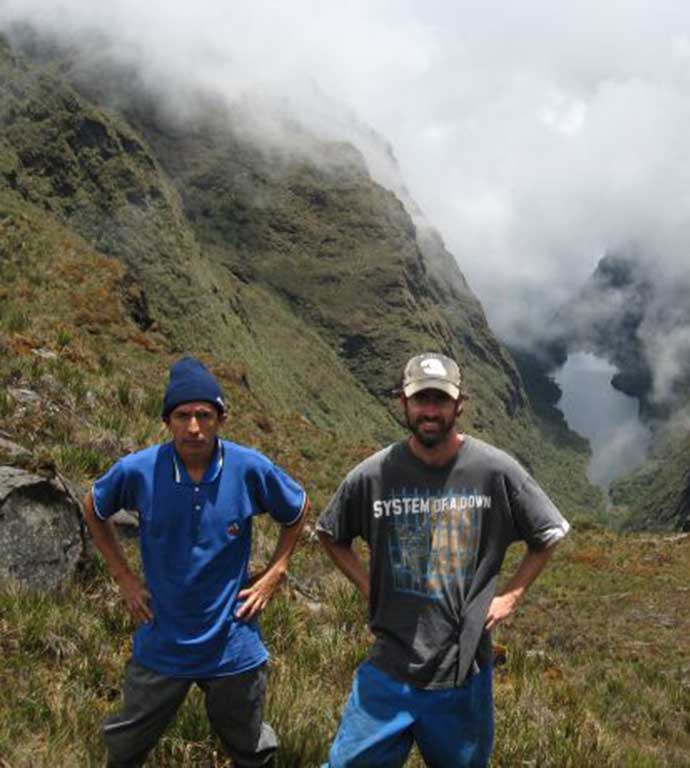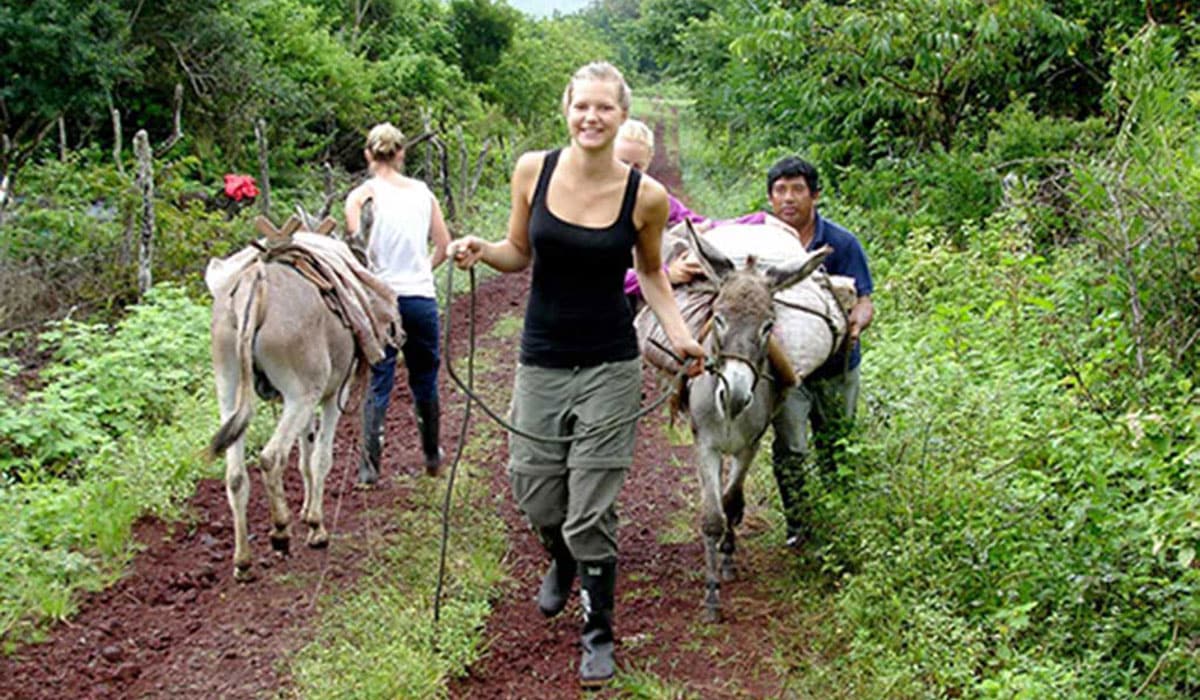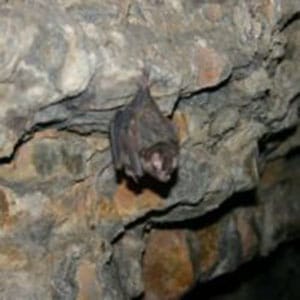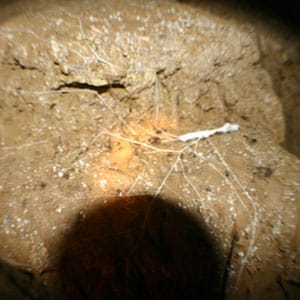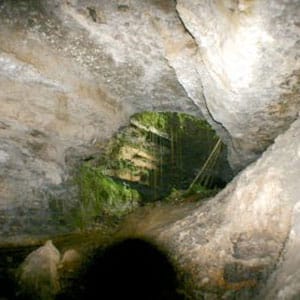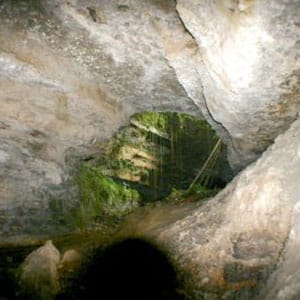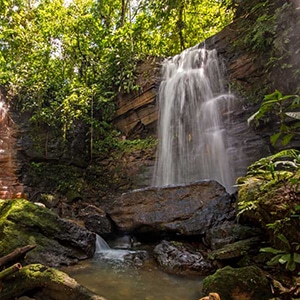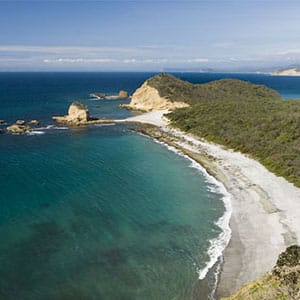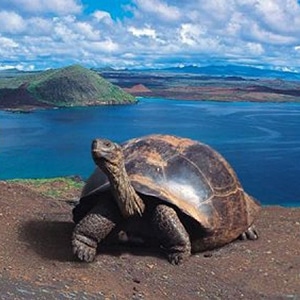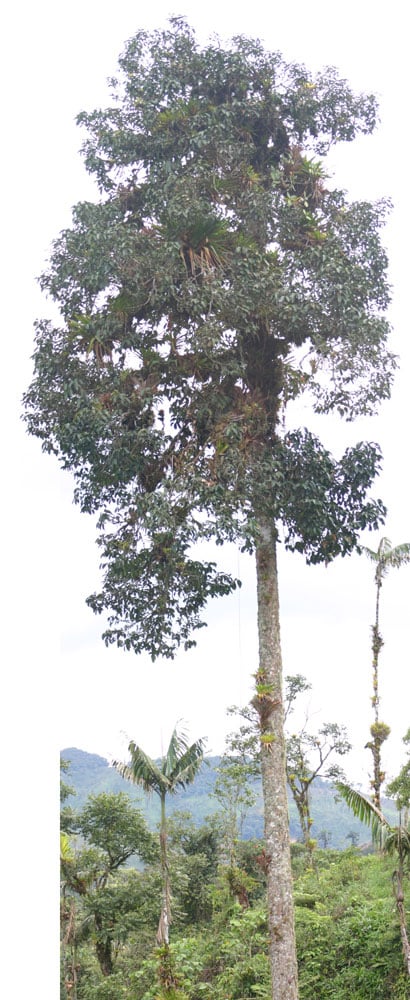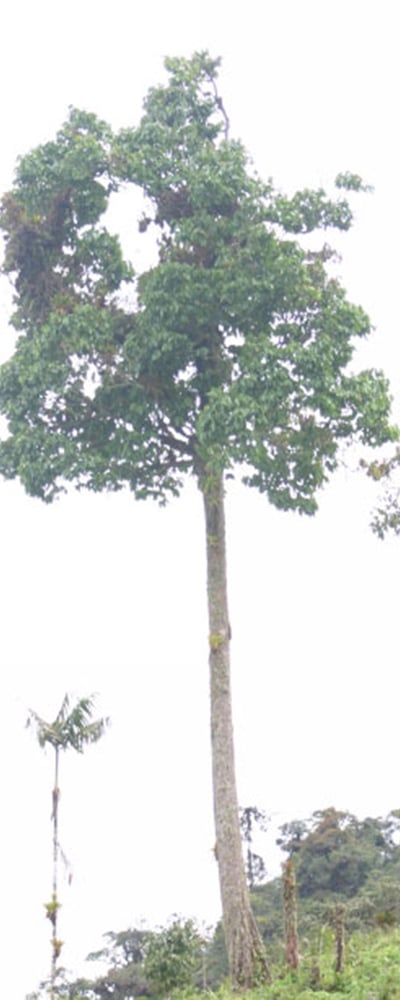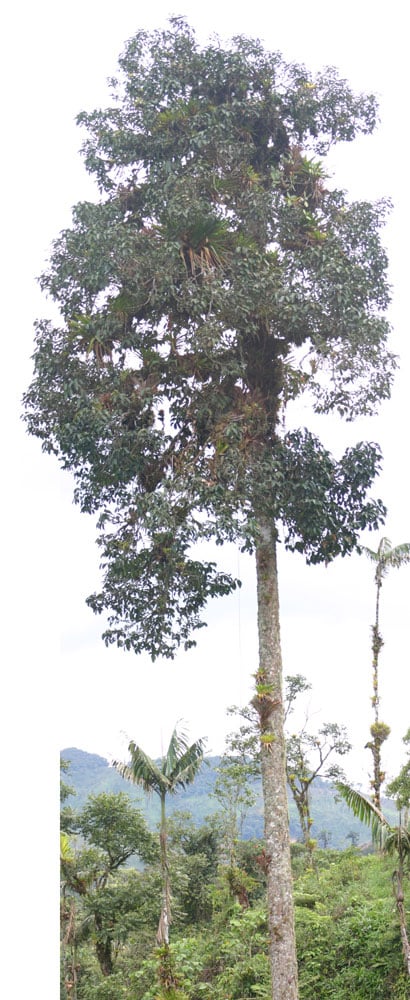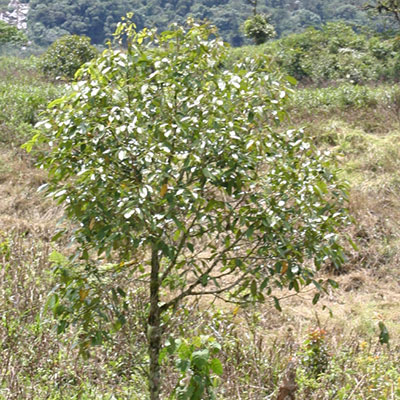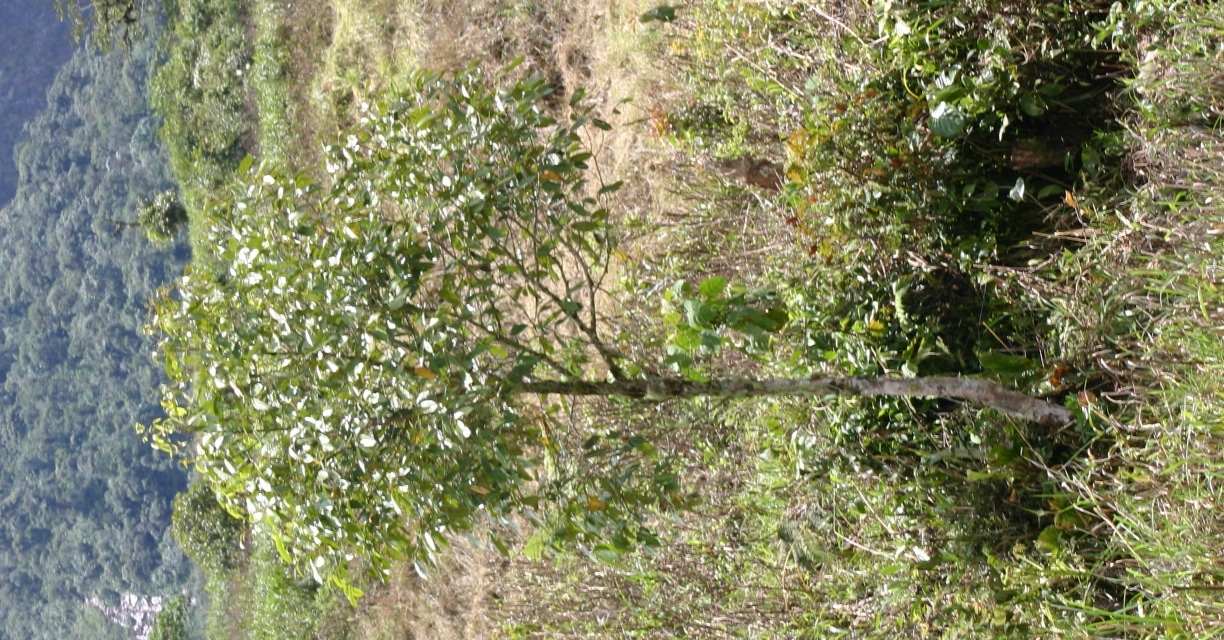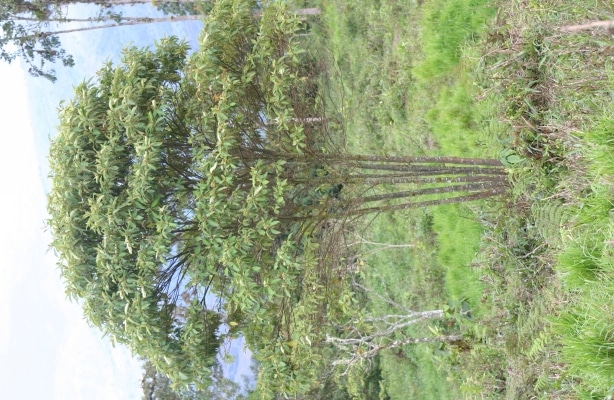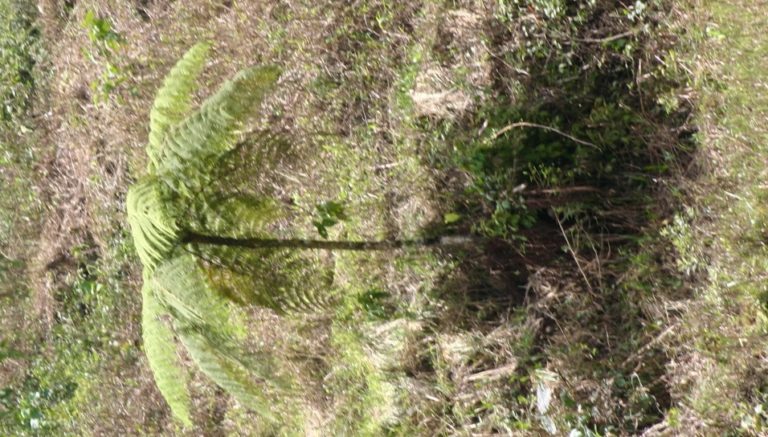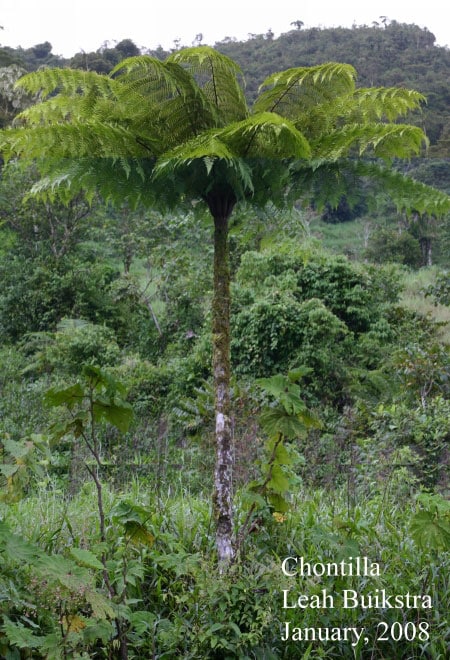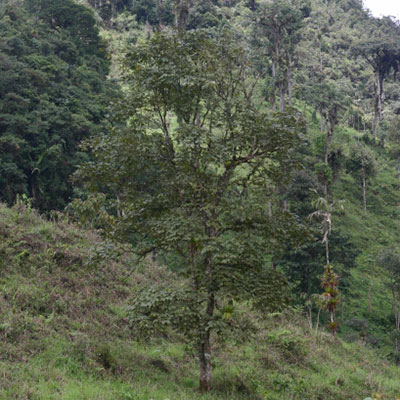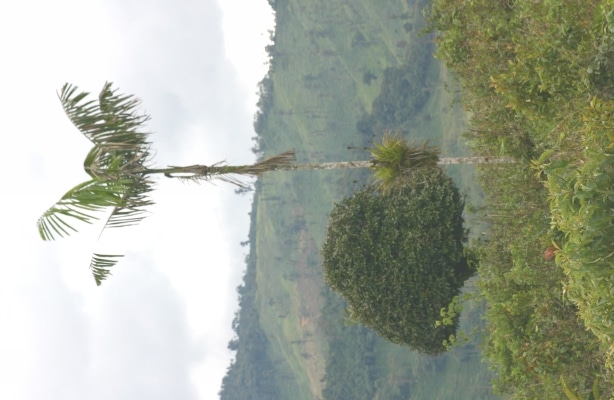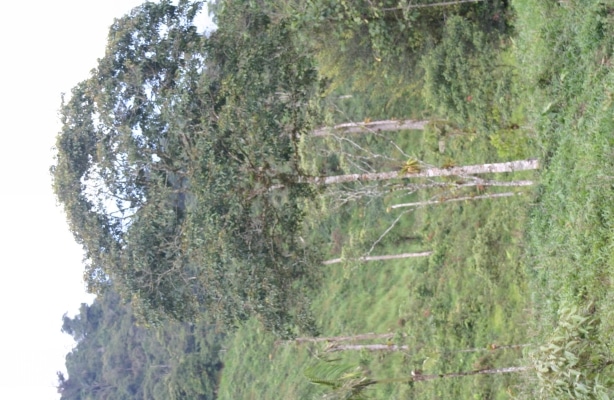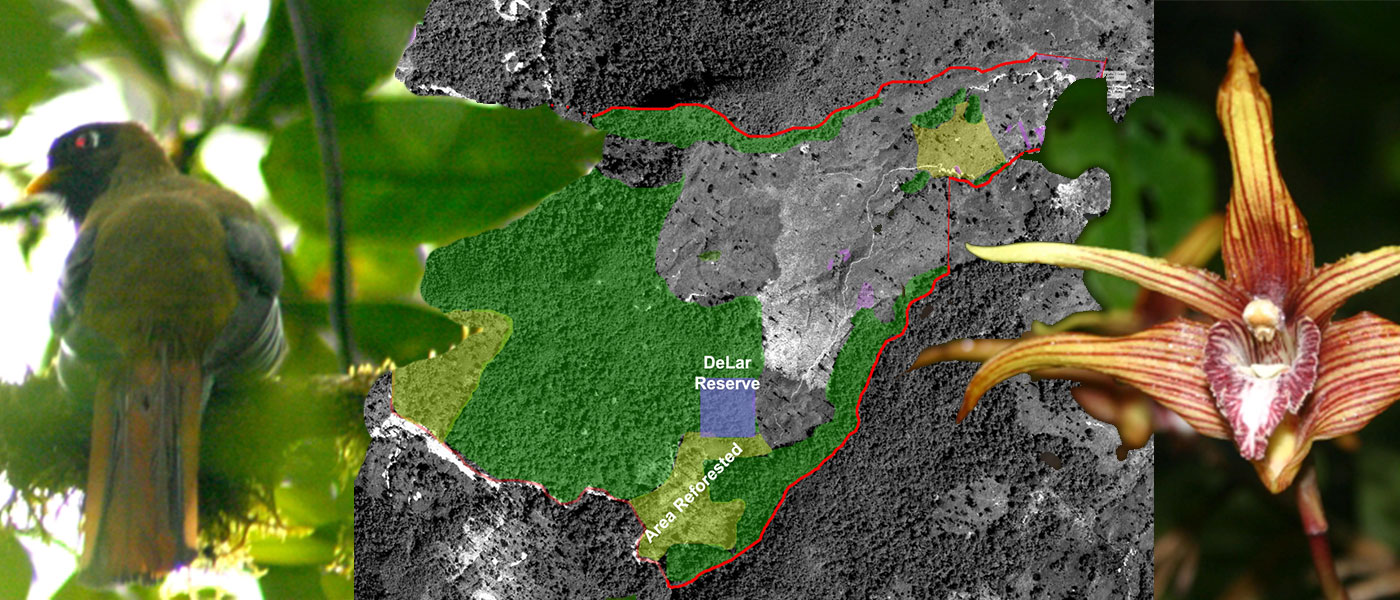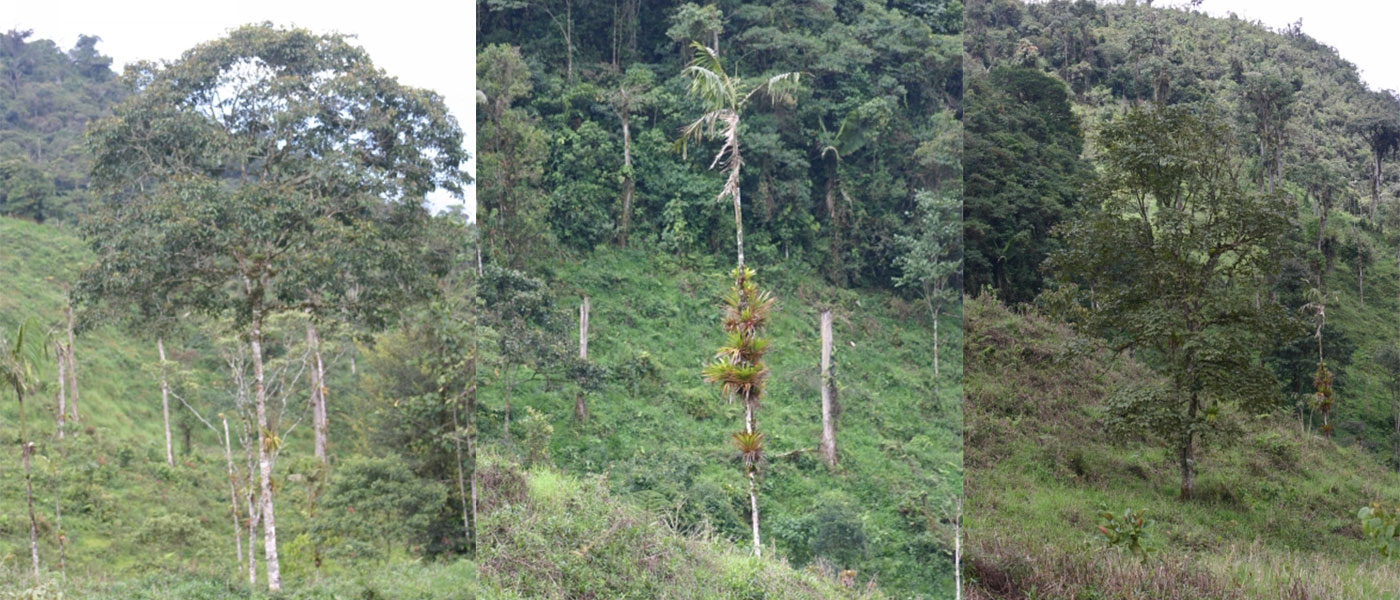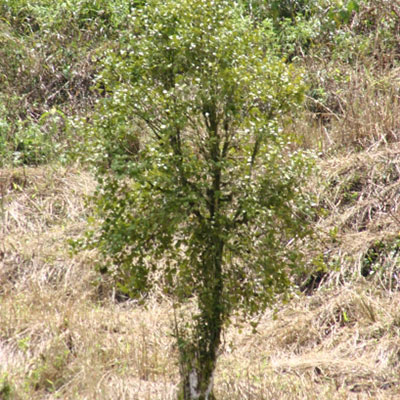
Jungle Dave’s Tours Opens to Scientific Study
After 14 years of appropriate water and land management practices, Hollywood Farms has large tracts of naturally reforested areas, re-establishing natural corridors for wildlife. Streams that were previously indiscriminately used as cattle pasturing areas, are now reforested, clean, and with an abundance of unique flora and fauna. A natural corridor has been re-established after naturally reforesting the ridge, connecting two bodies of primary forest. Wild life cameras have filmed the large mammals including puma, tapir, wild boar (peccary), and ocelots, representing a complete food chain of native species has been reestablished.
The crystal frog (Centrolenidae), a bioindicator of clean water, is now abundant in all 7 streams, where none were found in 2008 when the property was purchased.
The activity “birding” has been undertaken since the beginning, with over 170 species of birds being observed. Fruiting trees which produce food for tanagers, flowerpiercers, and other families of birds are being identified, for later production for reforestation projects. Flowering trees and plants which attract hummingbirds are also being assessed, in order to promote planting of native species of plants in our local communities, rather than using non native species or feeders. In addition, the endangered Andean Eagle, (Spizaetus isidori) has been observed almost on a daily basis, indicating the farm has a potential nesting site.
The tourism component of the Farm, Jungle Dave’s Tours now wishes to expand its knowledge base regarding the ecosystems present on the farm with the cooperation of several Universities from Cuenca and Loja. Primary Jungle can now be compared to naturally reforested areas, and active cattle pastures, also abundant with flora and fauna. An initial analysis of the Primary Jungle has yielded an estimated 5000 species of trees and woody plants. A comparative analysis of naturally reforested areas will be undertaken to investigate the species diversification between the two areas, and compared to active cattle pasture areas to focus on reforestation efforts.
A Scientific Center is under construction
Scientific Visits
Systematic Botany – School of Biology Universidad del Azuay
Danilo Minga
The visit of the 5th semester students of the University of Azuay (UDA) in charge of Mgs. Danilo Minga where the practical course of botanical systematics was developed. In order to generate in the students an experience that contributes to their training, through the knowledge of the native flora of the forests of the eastern foothills of the Andes of Ecuador.
Mgs. Minga states that, in this way, the students were trained to recognize the main species and families of vascular plants that grow in this type of forest.
The first step was to survey the area by walking along the main trails. During the walks, random collections were made of the plant species that were found with flowers and/or fruits; once collected, the samples were labeled and placed in plastic bags to be taken to the farm house, where they were pressed and packaged for later transfer to the herbarium of the Universidad del Azuay. In order to evaluate the diversity and floristic composition in two forest edge sites, two-dimensional transects of 50 x 2 m were drawn.
In addition, ecological tourism activities were carried out through hikes and visits to sites such as the viewpoint and the waterfall, sites of great scenic and natural beauty.
From the ecological point of view, the area belongs to the cloud forest or evergreen foothill forest ecosystem, ecosystems that are home to a great diversity of flora. Thus, in just one day of botanical exploration around 100 species of vascular plants were found, which makes it an area of great floral richness and therefore of importance for conservation, since in addition to the large number of species recorded, several are considered endemic species and are threatened with extinction, for example: Fuchsia lehmannii, Pearsea lutea, Ceratostema nubigena and Blakea subvaginata.
Also important is the presence of many species of trees from families such as Lauraceae, Clusiaceae, Rubiaceae and Podocarpaceae that denote the good state of conservation of the remnants of the farm’s forests.
It is important to highlight the fact that native flora and fauna coexist with cattle in the area, thanks to the ecological management of the cattle through the delimitation of connected spaces, where the cattle can move freely, but without accessing the native vegetation. On the other hand, due to the low animal load, it is noticeable that the soil is maintained and does not erode.
Entomology – School of Biology Universidad del Azuay
Gissela de la Cadena P. h.d (Professor of Entomology)
We had the visit of a group of students of the entomology course of the University of Azuay. Under the direction of Phd. Gissela de la Cadena.
The reason for the visit to the farm was to train students for the development of different practices in entomology field. They carried out a sampling of insects using different collection methods such as: sampling of terrestrial insects, flying insects using malaise traps, hand net, butterfly traps, manual collection. Giselle tells us that they found many curious things at the insect level, finding predatory insects was good news as it indicates that groups of insect prey, from the lower levels of the predator food chain are still present in the environment. At the predator level they found tiger beetles of the subfamily Cincindelinae and mantids. She emphasizes the importance of taking care of these places because they are places where diversity can still be found, any kind of conservation efforts are important to have at least an idea of what exists in the area.
Giselle gives us her opinion about cattle ranching in conserved areas, “from a scientific point of view, cattle ranching is harmful in natural areas, however there are conflicts between economic sustenance vs. conserving forest areas. On the farm there is much more forest area than pasture areas, this could compensate for the loss of habitat that was once natural”.
Ecology – School of Biology Universidad del Azuay
Boris Tinoco P. h.d (Professor)
The group of students of Ecology II under the direction of Dr. Boris Tinoco visited the Jungle Dave’s Hollywood Farms. Boris mentioned that he visited the farm when he participated in October Big Day 2022. After that visit he learned more about the site and saw it as an excellent opportunity for his students to complete their investigations in the field for their academic course work, specifically in their course on Communities and Ecosystems and Entomology. Boris’ group made a diversity inventory, he mentioned that there are different types of habitats on the farm which allows for interesting comparisons. They worked in open areas with regenerating vegetation and in forest areas looking to compare both habitats and observe how diversity changes in these areas.
Boris expressed the importance of taking care of these areas because there is little remaining forest in southern Ecuador and they are areas of high biodiversity due to the complex topography. It is key to maintain connectivity between national parks, that is why the importance of these forests and the work that Dave Goucher is doing on his farm.
According to Boris, “the farm in particular has an interesting system of combining meat production and forest, in the cattle pasture, Dave Goucher maintains natural vegetation. Meat consumption is going to continue, there is a high demand for protein, we must form alternatives that try to maintain the functionality of the forest and at the same time produce meat, so it is key to have these farms next to the forest.”
Darwin Alexander Pucha Cofrep Ph.D., professor at the University of Loja, visited us with a group of students of the VI Cycle of the Forestry Engineering Career, where they discussed topics of analysis of the physical, mechanical, and anatomical properties of wood and collected wood samples of four forest species. Darwin emphasizes that it is fundamental for the sustainability of these ecosystems because of their genetic richness and ecosystem services. It is very good to know that it is possible to conserve and at the same time have high quality livestock production.
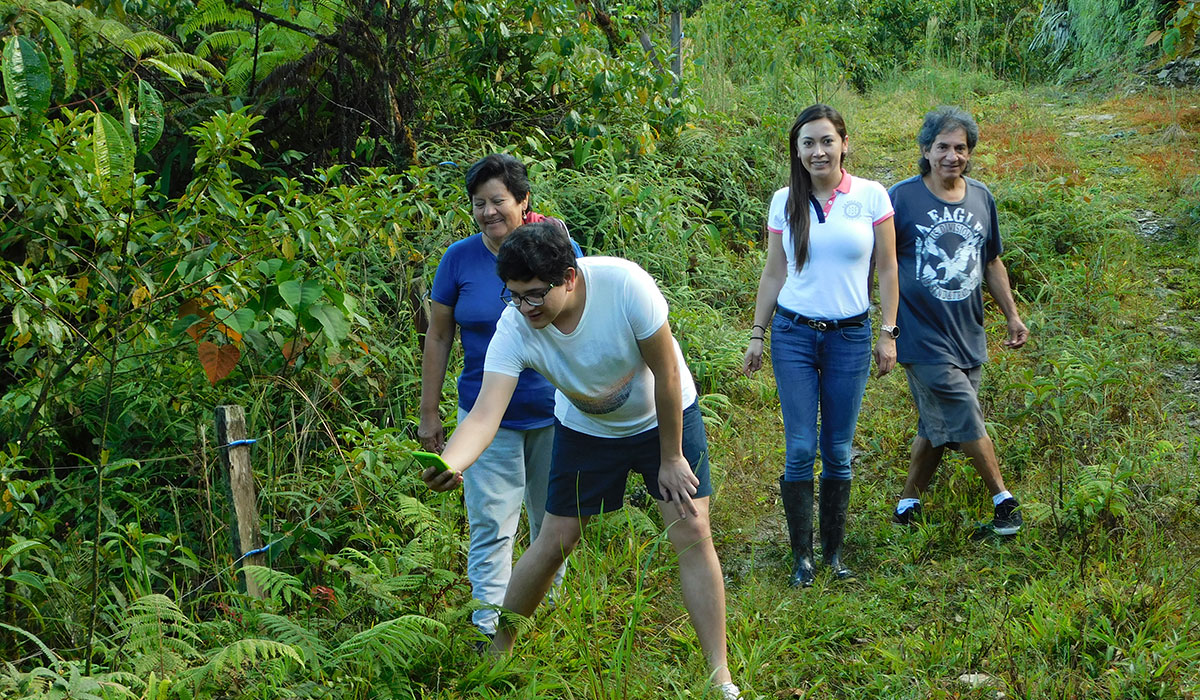

- Between 1990 and 2005, Ecuador lost 21.5% of its forest cover (approximately 7.5 MILLION acres) due to deforestation caused by wood harvesting and clearing primary rain forest for cattle production.
- Primary rain forest is considered the most biodiverse habitat in the world, and Ecuador has the highest biodiversity of birds on the planet.
- Given poor economic conditions, lack of work, and simple use of out of date, unsustainable agricultural and environentally harmful practices, the rate of deforestation in Ecuador is increasing.
- In a joint project with the local government and land owners, reforest projects are underway to promote ecological tourism (an alternative source of income for locals), increase knowledge of ecological friendly farming practices, protection of watershed areas, and protection of large tracts of land for County Ecological Reserves.
You can help!
The site of the first phase of reforestation is centered around the community based eco-tourism project the ascension of Pan de Azúcar. Areas surrounding the trail will be maintained and new trees planted, providing shade and increased exposure to incredible bird species in the area. Over time, orchids and bromeliads will return,a further tourist attraction.
All proceeds go to cultivating and/or purchasing trees native to the area, reforesting key areas including steeps and watershed areas to prevent erosion and water contamination. The site of the reforestation project (shown in yellow below) is in plain site of San Juan Bosco, so the community can witness the reforestation as it happens.



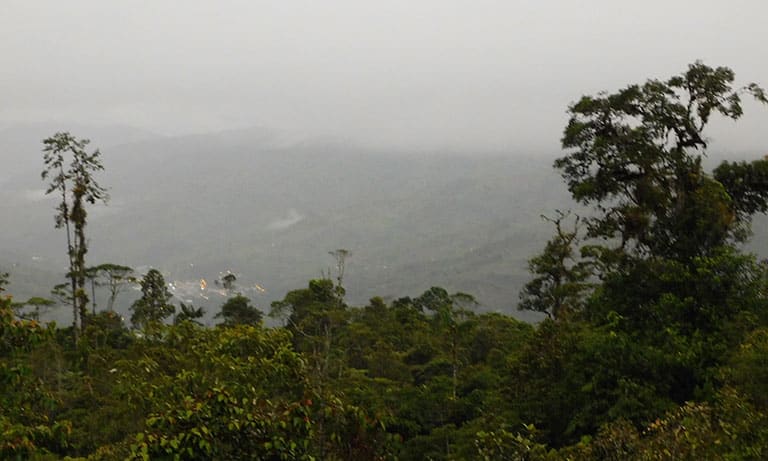
Adopt a Jungle Tree
SINGLE DONATION - $25
Adopt a jungle tree and you will receive:
- A digital photo of your tree
- GPS coordinates of your tree
- A satellite image with the location of your tree marked
- Regular updates of the reforestation project underway that your donation will fund
- A tag will be placed on your tree, with your name, the date of adoption, and personalized dedication, saying, name, etc.
FOR EVERY TREE ADOPTED, 10 MORE TREES WILL BE PLANTED
FAMILY DONATION PLAN - $100
Adopt a tree for the entire family, up to 10 trees for a donation of $100 dollars
ADOPT AN ACRE - $1,000
For a donation of $1,000 dollars, protect an entire Acre of Primary Jungle!!
Then, come visit your tree!! Come see your tree in its natural habitat, explore what life exists on it, what biodiversity of insects, plants, and birds utilize your tree to for survival.

Become a part of an ecological movement in the Ecuadorian Amazon Rainforest, participate in hands on biological field studies in Areas of conservation in the southeastern province of Morona Santiago, Ecuador.. The areas under study begin in the highlands of the Andes Mountains and include the watersheds of mountain tributaries that flow to the Amazon River.
These areas have yet to be explored, and contain a vast biodiversity of flora and fauna that we are just recently beginning to identify. Four new species of frogs have been discovered in one area under study since 2015, and there are likely many more waiting to be found.
Experience the adventure of a lifetime and engage in real environmental action. Assist local and international researchers in on going biodiversity and ecology studies in novel research settings. This all inclusive voyage covers all logistics from transportation to translators and traditional cuisine with all safety and security measures implemented for international visitors.
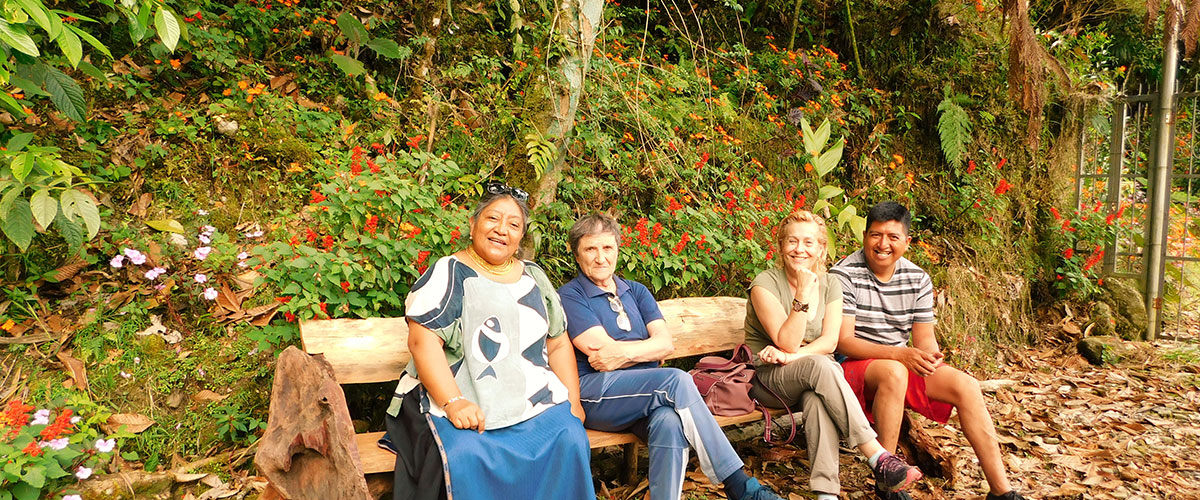
Work directly with Biology professors and Biology students from national and international Universities on thesis projects and active biological research, from microbes to mammals.`
Adjacent to the Areas of Conservation are subsistence cattle farms, with on-site activities including reforestation, enhancing local agriculture production, promoting ecological land management, and agro-business.
Projects are focused on working directly with local farmers in coordination with Municipalities to provide clean sources of water for consumption, and appropriate waste water management infrastructure.
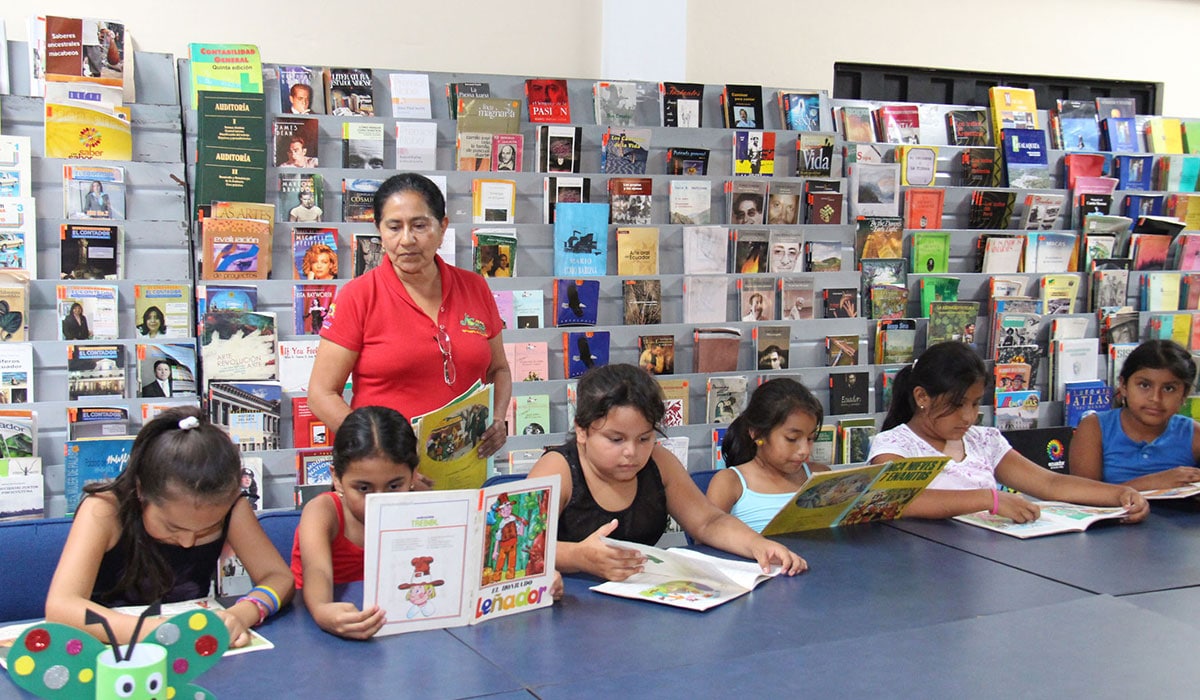

Lorem ipsum dolor sit amet, no sed deserunt aliquando. Ex verear probatus eleifend duo. Wisi illum eos ut, has cibo latine an. Duo ea tibique appareat recusabo, te principes constituto sed. In ius etiam impedit contentiones.

Lorem ipsum dolor sit amet, no sed deserunt aliquando. Ex verear probatus eleifend duo. Wisi illum eos ut, has cibo latine an. Duo ea tibique appareat recusabo, te principes constituto sed. In ius etiam impedit contentiones.
